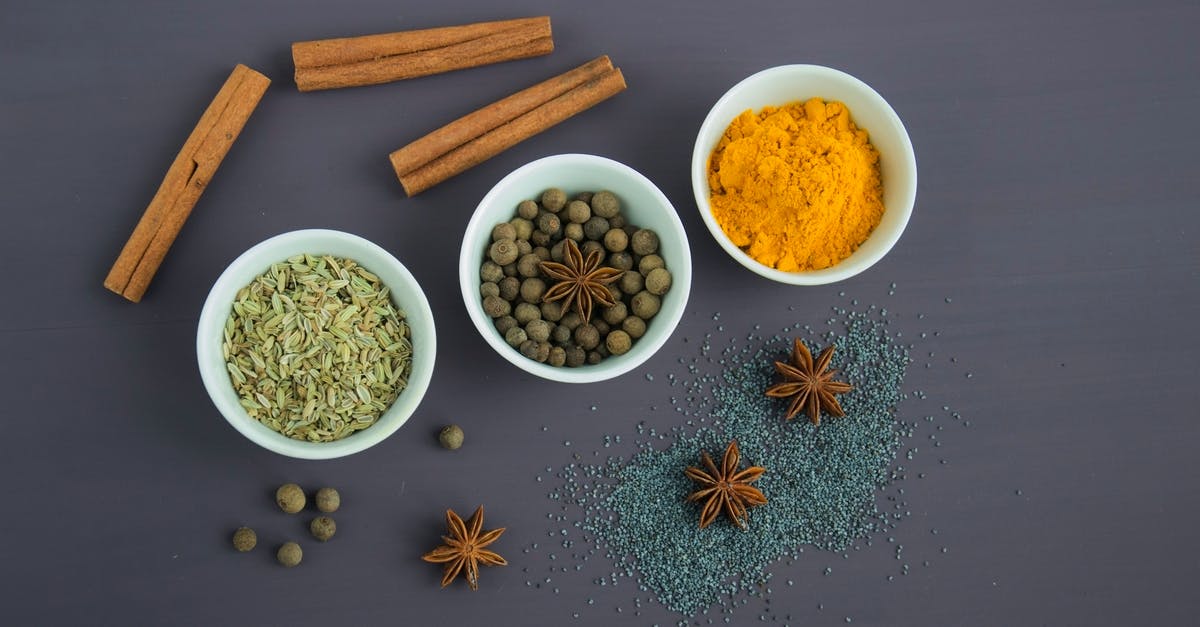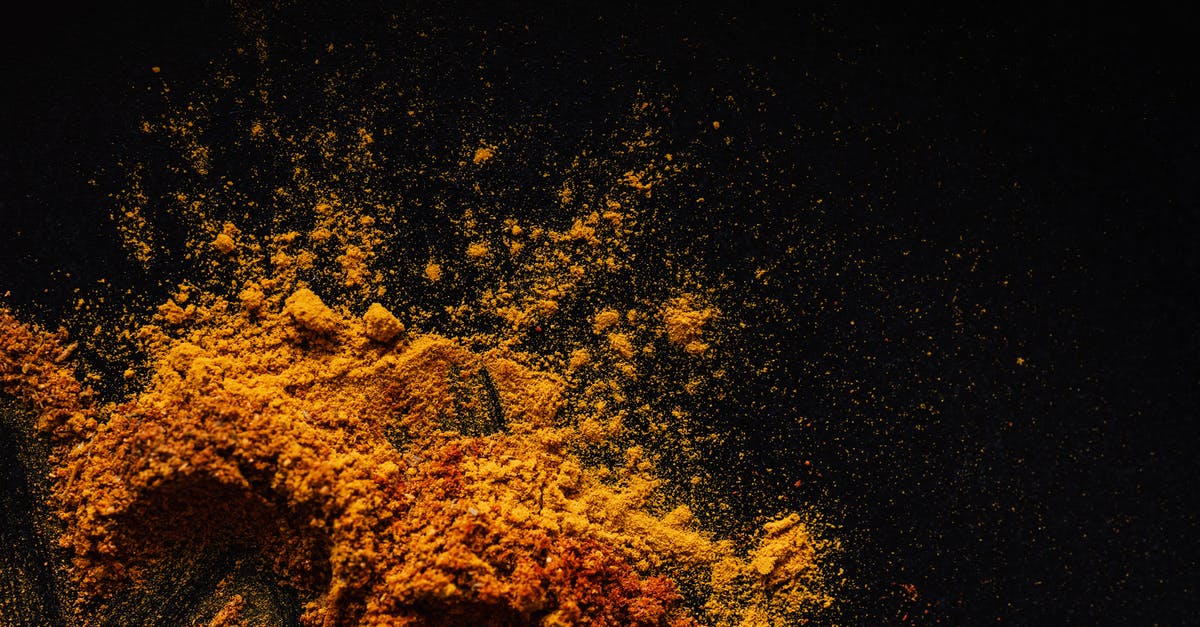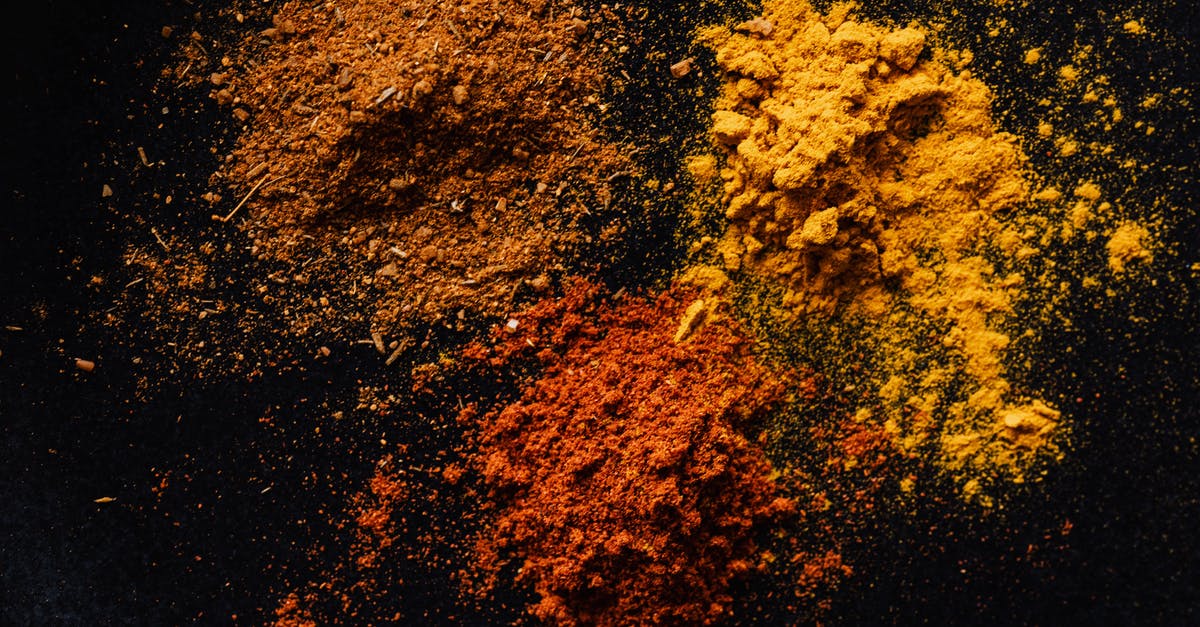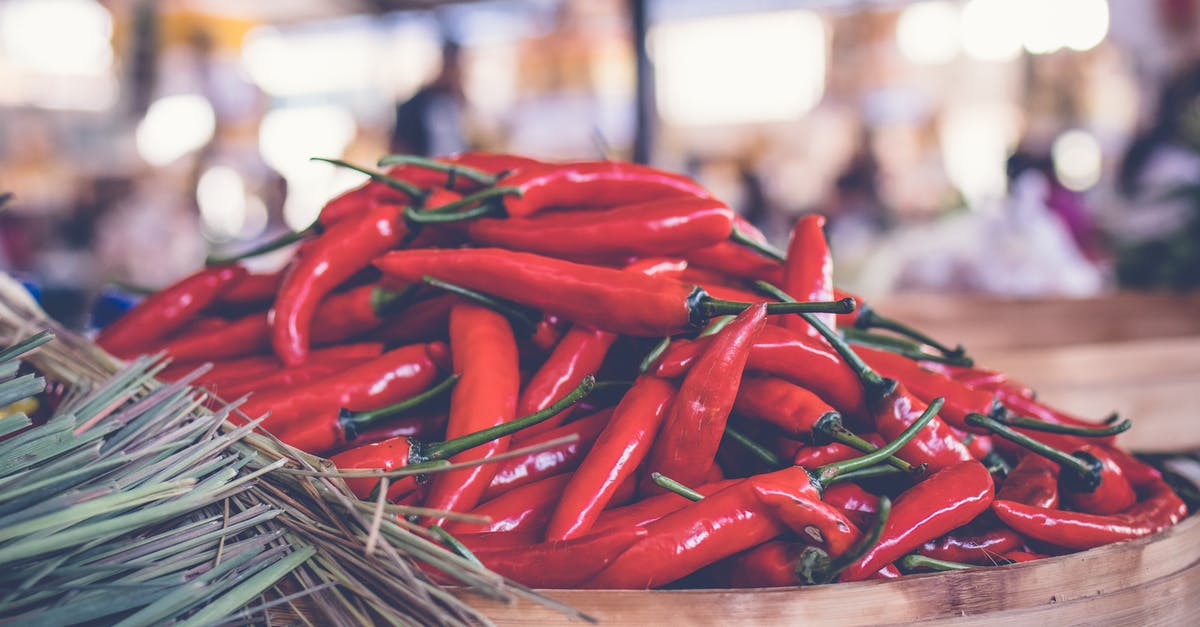How to increase spiciness without abusing hot spices?

It's easy to make food more spicy by dumping a bag of ground hot pepper in it, or adding a pound of sambal, or pick one of the capsaicin concentrates and add a few drops.
I'm interested though in methods/additions to spicy food that make it more hot - which are not (or only mildly) spicy in themselves.
One way I know is to make it literally hot; the sensations add up. Another common one, though not applicable frequently is alcohol, which acts twofold, washing off any isolating substances like thin layers of oil etc off your taste buds, and increases blood circulation making absorption of substances faster.
What other ways are there to make food feel more hot than its capsaicin content would suggest?
Best Answer
If you wish to explore adding spiciness to a dish, there are two primary methods for increasing the heat: additive and reductive. The one you choose will depend on the dish and what you are trying to get out of it.
For something like a simple oil and pasta dish, the latter may be preferable, whereas with something like a three meat chili the former may be better.
One that I couldn't quite class was thermal. The capsaicin acts on the VR1 Ion Channel, which is somewhat heat dependent. At higher heat (in excess of 42'C/107'F), the channel remains open longer and gaps between openings drop. You may want to avoid reducing the heat of the dish when served. However, this was dependent on a higher ambient temperature, so your subject may need to have a fever or something. For the findings:
Instead, heat had a localized effect on the reduction of long closures between bursts (of ionic receptivity) ... and the elongation of burst durations. ...Both membrane lipids and solution ionic strength affected the temperature threshold of the activation, but neither diminished the response
Reductive Methods
If you wish to simplify your dish, reductive methods would be ideal. They are simply ones in which you would analyze the ingredients that you are using in your dish, assessing which ones either water down or act as solvents of the capsaicin, and then remove them.
Capsaicin is lipophilic, fat soluble. If you have dairy products, excess fat from meat that could have been rendered, and so on, I would remove or substitute these as possible. Alcohol in some contexts can dissolve the capsaicin, however does not typical work in this fashion when consumed or if combined in the same dish (i.e. if the capsaicin has nowhere to dissolve).
Additive Methods
If you are not concerned about adding complexity, additive methods may be ideal. This approach will include not just adding a given capsaicin medium, but could also include adding a variety of them. This would also include adding items like beer, tomato, or really any carbonated, acidic, or alcoholic liquid that enhance expression of flavors generally and not just of capsaicin.
If you add only one medium (ground cayenne, capsaicin extract, etc), you will have only one form of the spiciness. The concentration and distribution of the capsaicin will be singular.
If you think about the dishes' ingredients as a range of slots to fill, food preparation will only distribute the capsaicin of the capsaicin medium into a given number and type of slots. However, if you utilize a number of capsaicin media, then the range of slots will begin to open up and the expression of the spiciness will become more diverse.
Although I am unsure how to express this in chemical terms, I think that this is a decent way of explaining the phrase "the heat builds." A "building heat" is one that relies on more than one capsaicin medium; a good case for this might be a 4-pepper chili where the heat is derived from multiple types of hot peppers.
Pictures about "How to increase spiciness without abusing hot spices?"



How to Train Yourself to Eat Spicy Foods
Sources: Stack Exchange - This article follows the attribution requirements of Stack Exchange and is licensed under CC BY-SA 3.0.
Images: Mareefe, Karolina Grabowska, Karolina Grabowska, Artem Beliaikin
